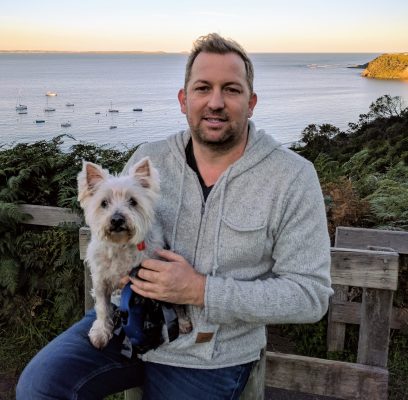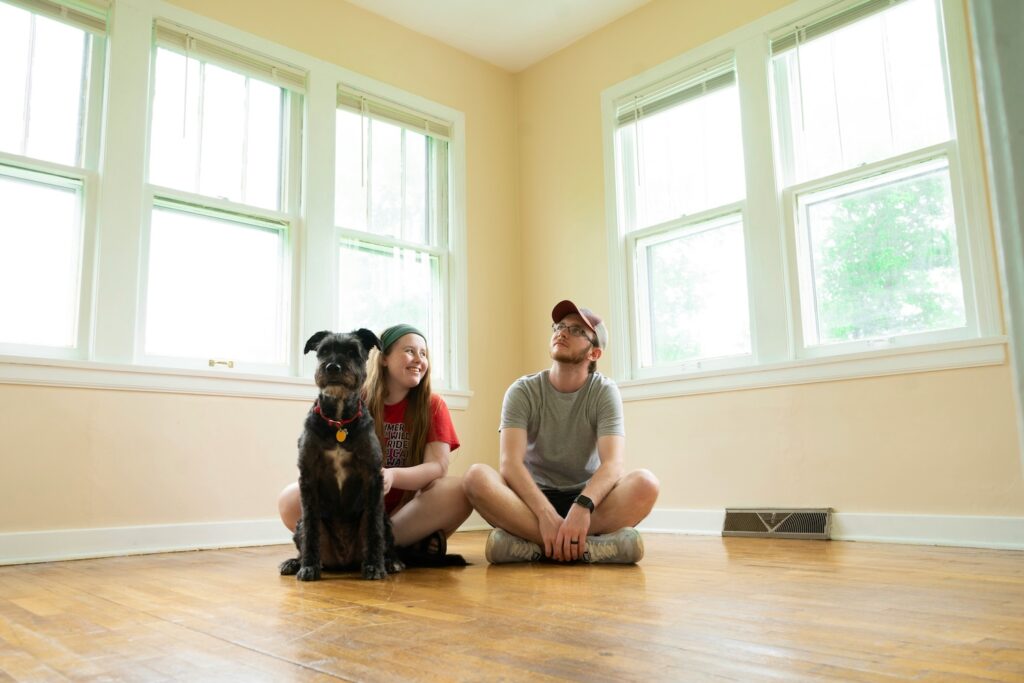A Framework-led Approach to Dog Wellbeing
After years of pattern-spotting across research papers, observing numerous dogs in various situations, and testing approaches with my own companion, I began putting together the pieces of a larger picture. The same underlying needs appeared again and again, regardless of breed, age, or specific behaviour challenges.
This leads me to today, with Hound Lane, and the development of the Nine Principles framework—a systematic approach to canine wellbeing based on the Five Domains model that veterinary science uses to assess animal welfare. But rather than keeping this in academic language, I translated it into something practical that any dedicated dog person could use.
These aren’t random tips or trendy techniques. They’re foundational needs that, when consistently met, create the conditions for a dog to thrive. When one area is neglected, it affects all other areas. When all areas are addressed thoughtfully, the results are profound.
The Nine Principles provide a framework for understanding what your dog needs to thrive, not just survive. Rather than chasing individual problems as they arise, you build a foundation that prevents many issues from developing in the first place.
This approach recognises that every dog is an individual. The principles remain constant, but how you apply them will vary based on your dog’s breed, age, health status, living situation, and personality. There’s no one-size-fits-all prescription, but there are reliable guidelines for making good decisions.
Through member content, curated product recommendations, and community discussions, Hound Lane helps you move from reactive problem-solving to proactive wellbeing management. The goal isn’t to become an expert overnight, but to develop the understanding and confidence to make choices that truly serve your dog’s best interests.
The Bigger Picture
What started as questions about my own dogs over the years has evolved into something larger: a systematic approach to thinking about canine wellbeing that anyone can learn and apply. It’s not complicated, but it is comprehensive. It’s not perfect, but it’s effective.
Through this site, we’ll work together to move beyond random advice and trending techniques to something more substantial. The Nine Principles is my attempt to systematise dog wellbeing management into something we can all follow, leading dogs toward better lives.
What This Isn’t
Hound Lane isn’t another personality-driven dog blog or a platform for chasing the latest training fads. I’m not here to build a personal brand or sell you products you don’t need.
This isn’t about perfect dog ownership or making anyone feel inadequate about their current approach. We all start somewhere, and every dog person is at a different stage of their journey.
I’m not a replacement for veterinary care, professional training when needed, or your own good judgment about your specific dog’s needs.







